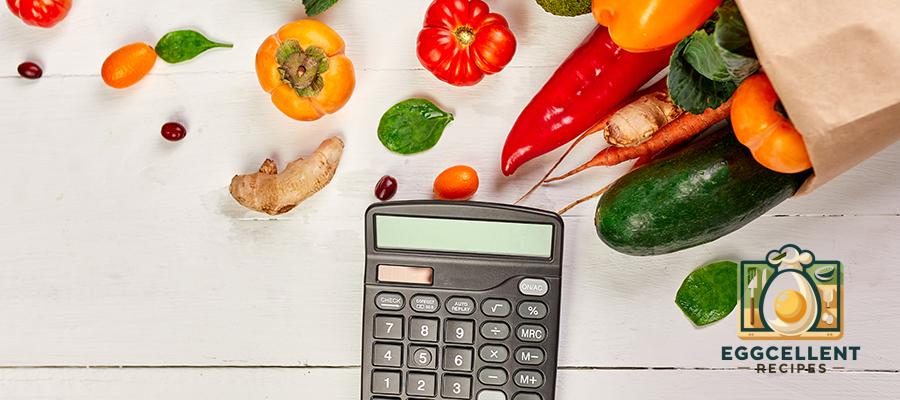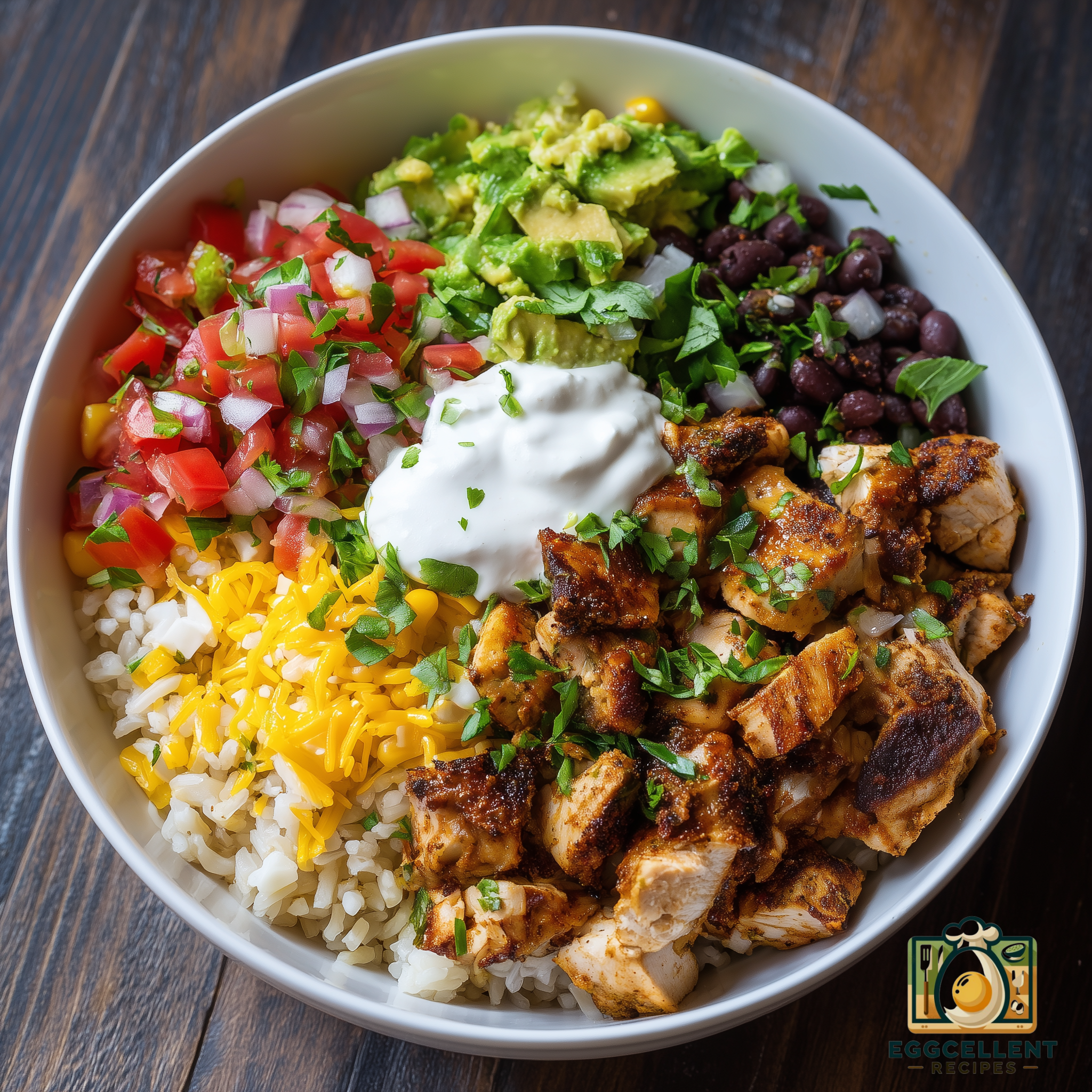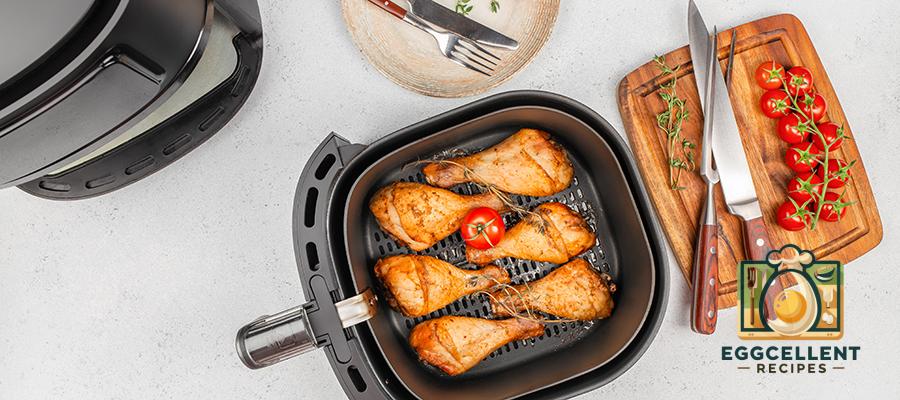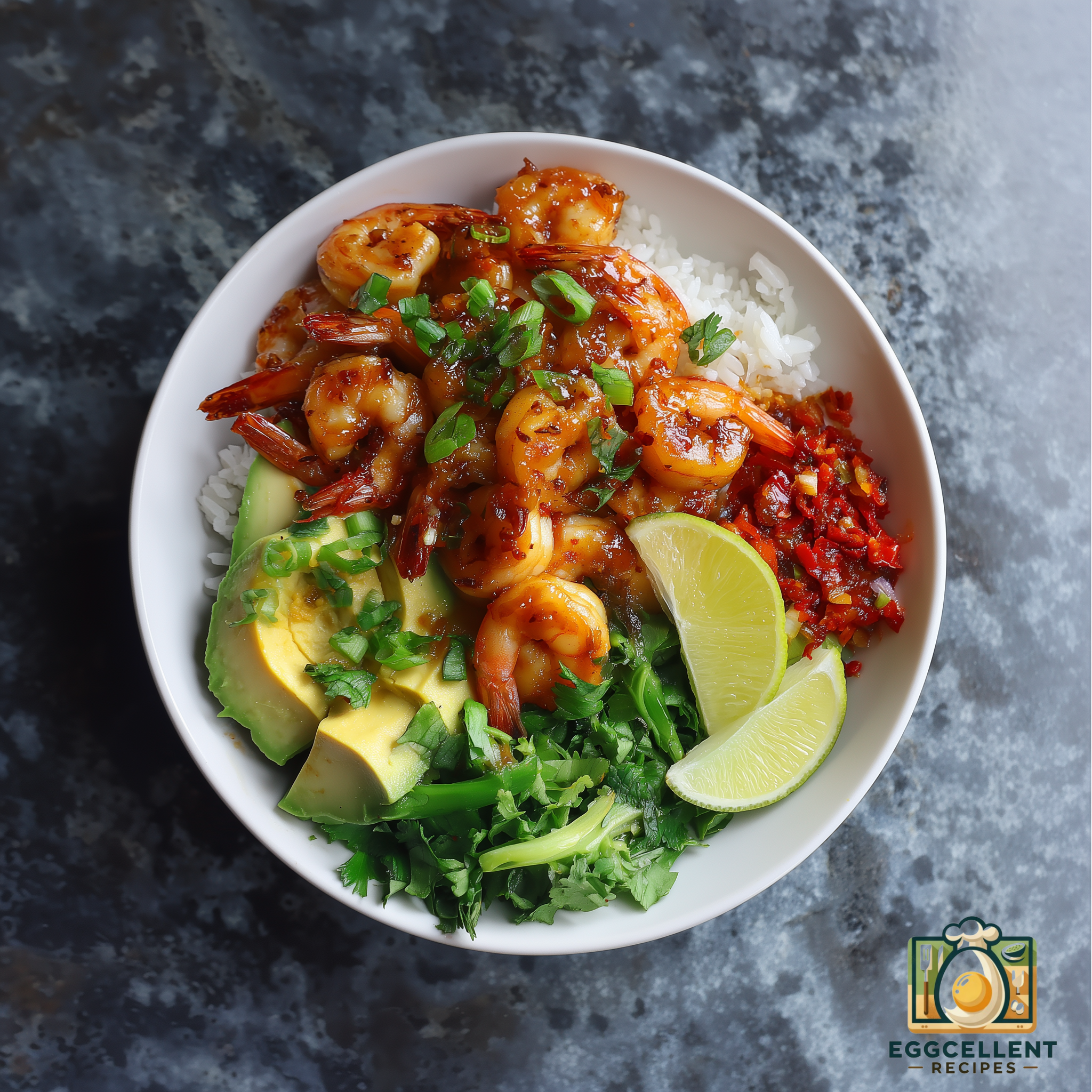
Eating healthy doesn’t have to break the bank. With some smart strategies, you can enjoy nutritious meals and snacks while staying within your budget. From meal planning to shopping wisely, this guide will help you embrace healthy eating without overspending.
1. Plan Your Meals

Meal planning is the cornerstone of eating healthy on a budget.
- Make a Weekly Menu: Decide what you’ll eat for the week, including breakfast, lunch, dinner, and snacks.
- Stick to Your Plan: Avoid impulse buys by preparing a shopping list based on your menu.
- Batch Cooking: Prepare meals in bulk and freeze portions for future use, saving time and money.
2. Buy Whole Foods

Whole, unprocessed foods are often cheaper and healthier than prepackaged options.
- Focus on Staples: Purchase rice, beans, lentils, oats, and pasta for versatile, budget-friendly meals.
- Buy in Bulk: Shop in bulk for items like grains, nuts, and spices to save money.
- Limit Processed Foods: Prepackaged meals and snacks are more expensive and often less nutritious.
3. Prioritize Seasonal and Local Produce

Fresh fruits and vegetables are essential for a healthy diet.
- Buy Seasonal Produce: Seasonal fruits and vegetables are fresher, tastier, and more affordable.
- Visit Local Markets: Farmers’ markets often have lower prices for locally grown produce.
- Choose Frozen or Canned: Frozen or canned fruits and vegetables (without added sugar or salt) are budget-friendly and long-lasting.
4. Choose Affordable Protein Sources

Protein doesn’t have to cost a fortune.
- Eggs: A versatile and inexpensive source of protein.
- Legumes: Beans, chickpeas, and lentils are nutrient-rich and affordable.
- Chicken and Turkey: Often cheaper than red meat and just as versatile.
- Canned Fish: Tuna and salmon are budget-friendly options for healthy omega-3s.
5. Cook at Home
Dining out is expensive, and restaurant meals often contain added sugars, fats, and sodium.
- Prep Your Meals: Cooking at home allows you to control ingredients and portion sizes.
- Simple Recipes: Stick to easy recipes with minimal ingredients to save time and money.
- Avoid Food Waste: Use leftovers creatively to reduce waste and maximize your grocery budget.
6. Shop Smart

Maximize your savings by shopping strategically.
- Stick to Your List: Only buy what you’ve planned for the week.
- Compare Prices: Check prices at different stores or online to find the best deals.
- Use Coupons and Discounts: Take advantage of store promotions and loyalty programs.
- Shop Store Brands: Generic or store-brand items are often cheaper but just as good as name brands.
7. Avoid Junk Food

Processed snacks, sugary drinks, and fast food can quickly eat into your budget without providing much nutrition.
- Drink Water: Skip soda and juices—water is healthier and free.
- Make Your Snacks: Prep homemade snacks like popcorn, trail mix, or yogurt with fruit.
8. Grow Your Own Food

Starting a small garden can significantly reduce your produce costs.
- Start Small: Herbs, lettuce, and tomatoes are easy to grow in small spaces.
- Use Kitchen Scraps: Regrow scallions, celery, and other vegetables from scraps.
9. Keep It Simple

You don’t need expensive superfoods to eat healthy.
- Stick to Basics: Affordable foods like bananas, carrots, and potatoes are nutritious and versatile.
- Avoid Trends: Fad diets and trendy ingredients often cost more without added health benefits.
Sample Budget-Friendly Meal Plan
Breakfast: Overnight oats with banana slices and peanut butter.
Lunch: Lentil soup with a side of whole-grain bread.
Dinner: Stir-fried vegetables with tofu and brown rice.
Snacks: Hard-boiled eggs, carrot sticks with hummus, or a handful of almonds.
Final Thoughts
Eating healthy on a budget is achievable with thoughtful planning, smart shopping, and simple cooking. Focus on whole foods, seasonal produce, and affordable proteins, and you’ll find that nutritious meals can be both delicious and economical. By adopting these tips, you can enjoy a healthier lifestyle without straining your finances.






